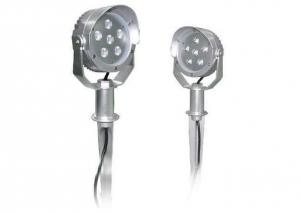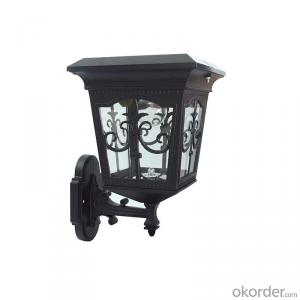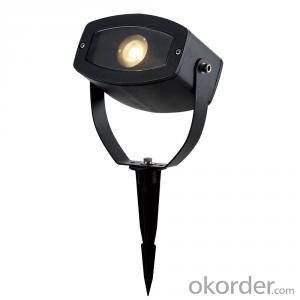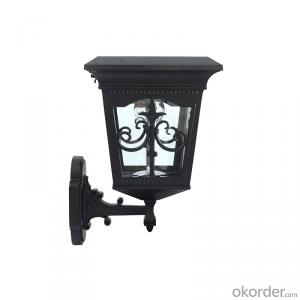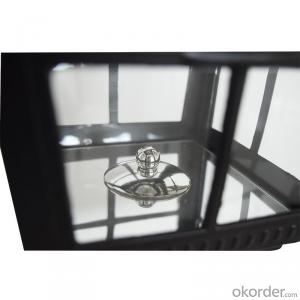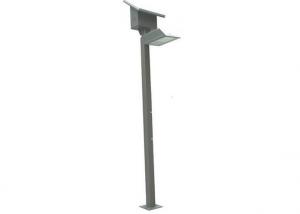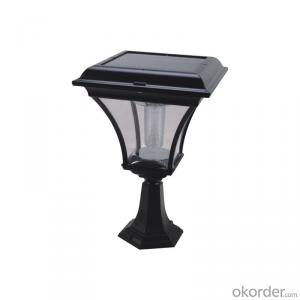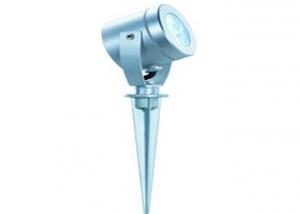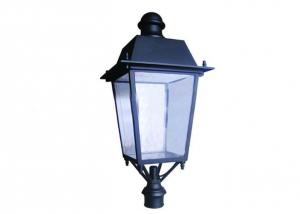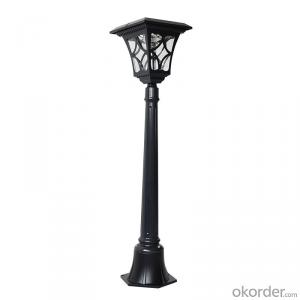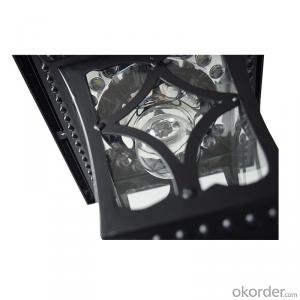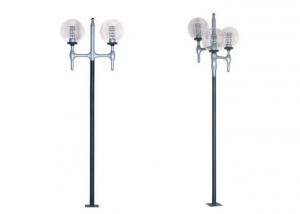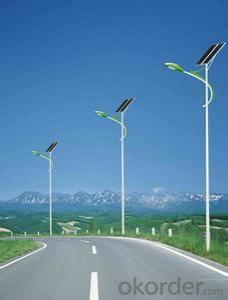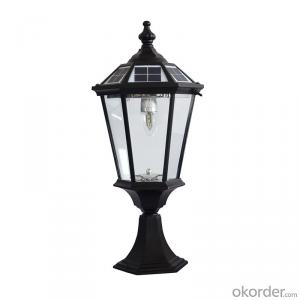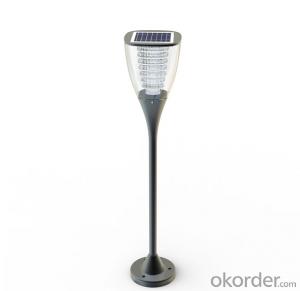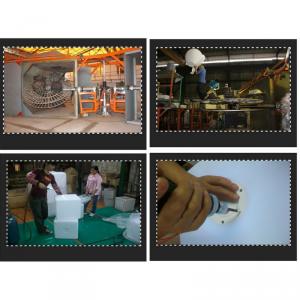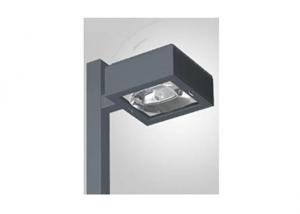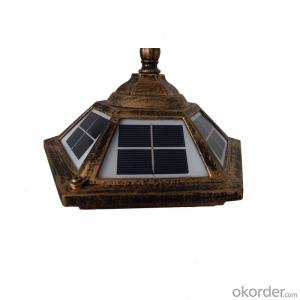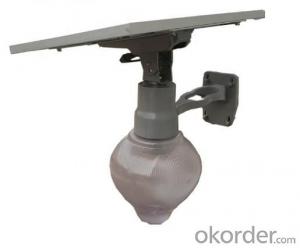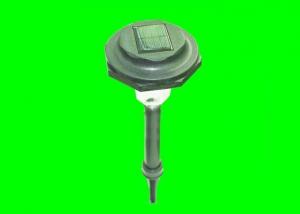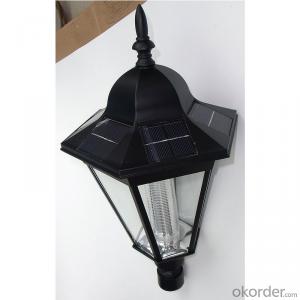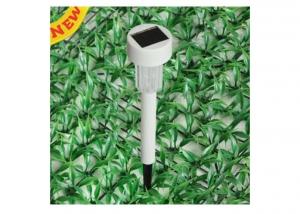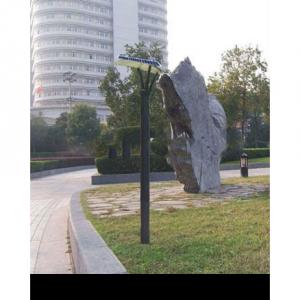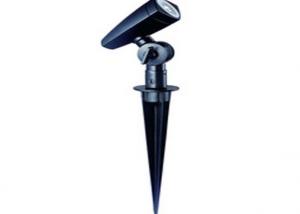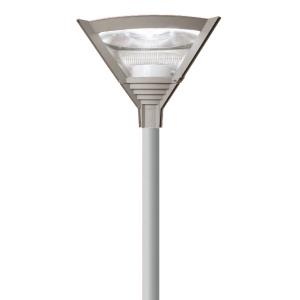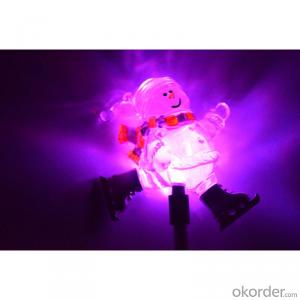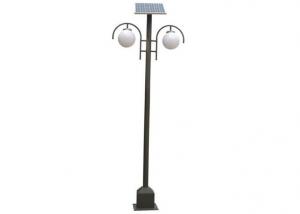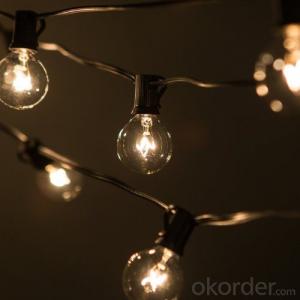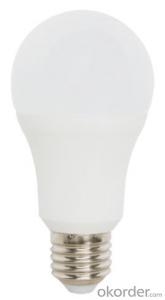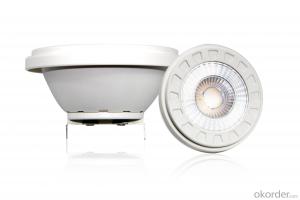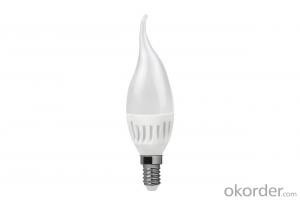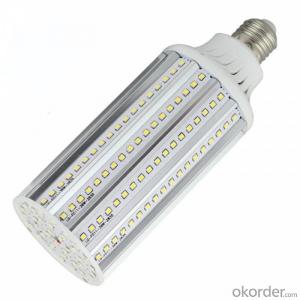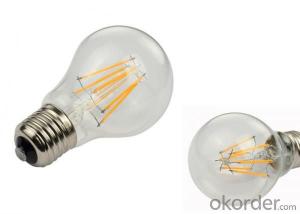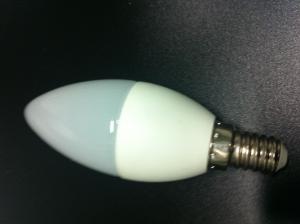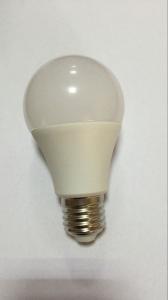Electric Garden Post Lights
Electric Garden Post Lights Related Searches
Garden Post Solar Lights Electric Garden Lanterns Commercial Outdoor Post Lights Post Lights For Outdoors Solar Garden Lights Driveway Gate Post Lights Exterior Light Post Fixtures Led Garden Lighting Garden Solar Wall Lights Garden Solar Spot Lights Garden Wall Solar Lights Outside Post Lighting Fixtures Next Solar Garden Lights Solar Spot Lights Garden Lights For Indoor Garden Wireless Garden Lighting Led Indoor Garden Lights City Power Street Lights Solar Garden Light Bulbs Steel Lamp Post Portfolio Outdoor Post Lantern Outdoor Lights For Trees Outdoor Xmas Tree Lights Outside Lights For Trees Exterior Wall Led Lights Pole Mounted Lights Outdoor Emergency Rechargeable Lights Outdoor Led House Lights Solar Lamp Post Light Fixture Led Lights For FloweringElectric Garden Post Lights Supplier & Manufacturer from China
Electric Garden Post Lights are a range of outdoor lighting fixtures designed to enhance the aesthetic appeal and functionality of gardens, pathways, and other outdoor spaces. These lights are typically installed on posts and provide both ambient and task lighting, making them ideal for illuminating walkways, highlighting landscape features, and creating a welcoming atmosphere in outdoor areas. The versatile design of these lights allows them to blend seamlessly with various architectural styles and landscaping themes, ensuring that they complement the overall look of the space they are installed in.Electric Garden Post Lights are widely used in residential and commercial settings, offering a practical solution for outdoor lighting needs. They can be found in parks, gardens, driveways, and along pathways, providing essential illumination for safety and navigation while also adding a touch of elegance to the surroundings. These lights are particularly useful in areas where natural light is limited, such as during evenings and early mornings, ensuring that outdoor spaces remain accessible and inviting throughout the day and night.
Okorder.com is a leading wholesale supplier of Electric Garden Post Lights, offering a vast inventory of high-quality products to cater to the diverse needs of customers worldwide. With a commitment to providing exceptional value and service, Okorder.com ensures that customers have access to a wide range of Electric Garden Post Lights at competitive prices. By partnering with reputable manufacturers and maintaining a large stock, Okorder.com is able to deliver these lighting solutions promptly and efficiently, meeting the demands of both individual homeowners and large-scale commercial projects.
Hot Products

